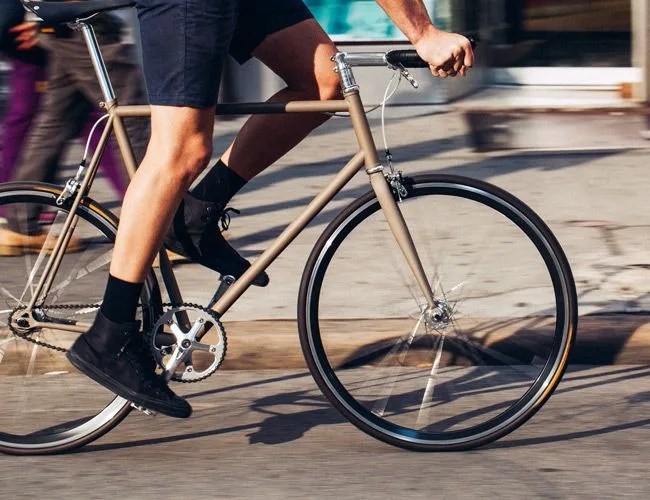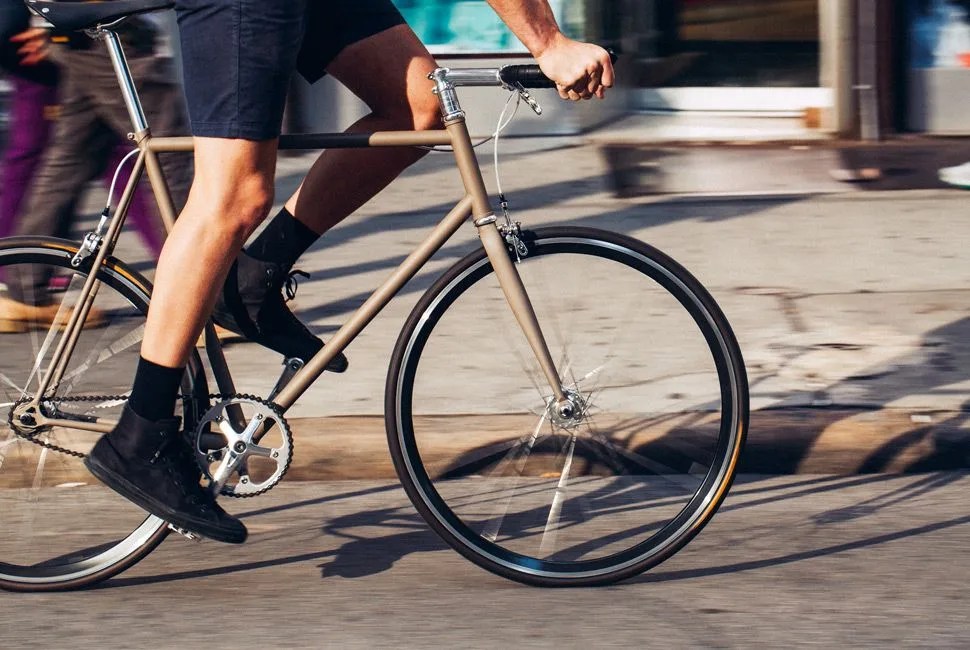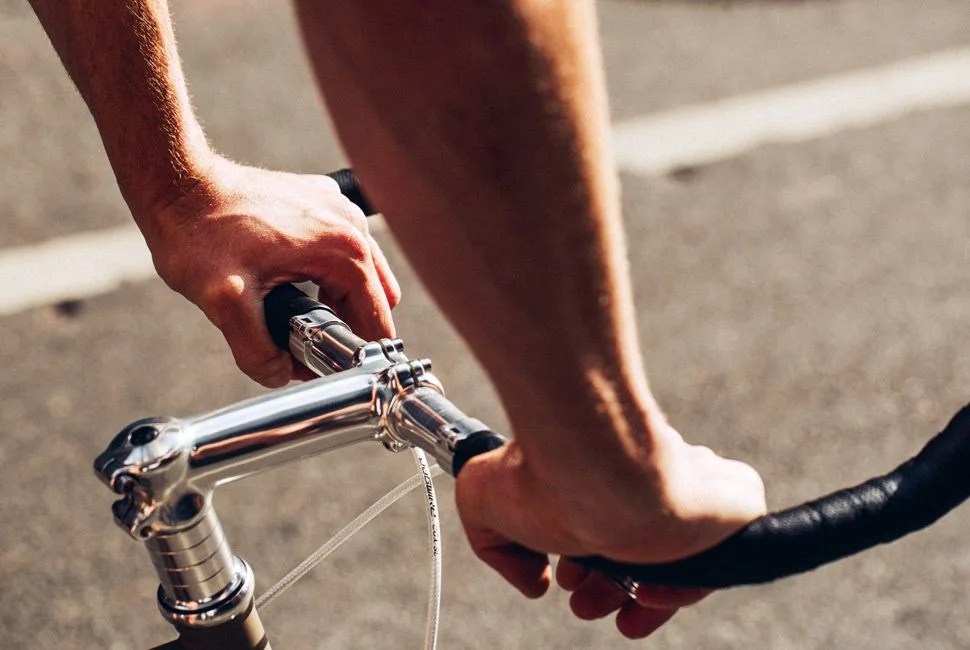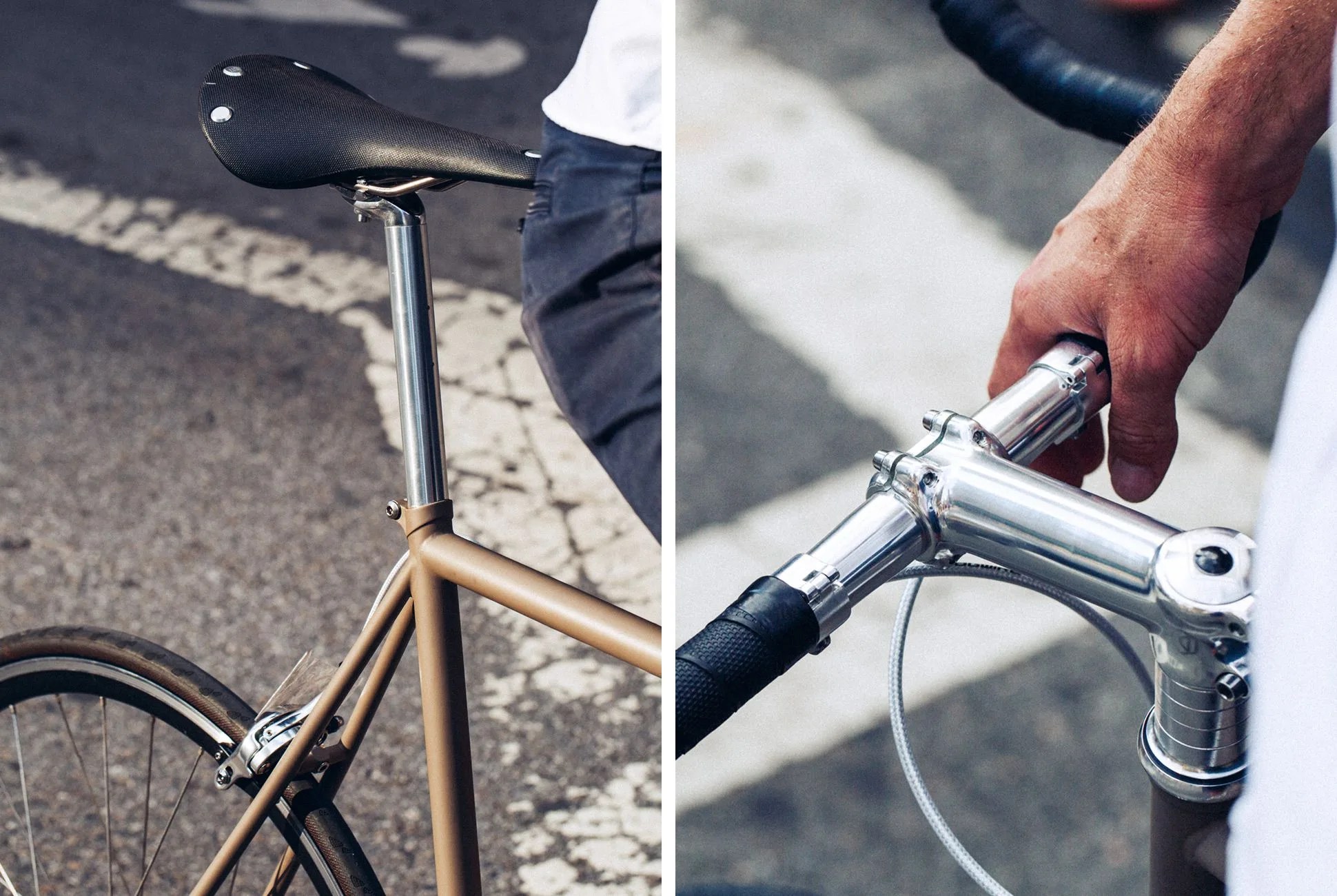4 photos
Question is: how do you justify spending $999 for a Mission Bicycle single speed in an era where all it takes is eight clicks to buy the same thing from City Grounds or PureCycles for $300? Who’s paying the piper in the supply chain? Who’s sitting on golden cushions to justify that $699 price gap?
The rebuttal is: of course it’s not the same thing. Fine. Sure. It’s a bike from Taiwan with one gear, a traditional steel geometry, a front brake, two wheels, a saddle and some handlebars. What difference can it really make? How complex can this simple machine be?
Before starting, note that the more established companies like Pure Fix, Schwinn, etc., make good, affordable bicycles. I’ve ridden both brands on road, on gravel, up inclines and down hills. I’ve daily commuted with them, and there are no blatant flaws. The difference here doesn’t come from cutting down the competition (State also offers great bicycles, in a middle price range, though I’ve yet to test one); the difference comes from understanding the elevated nature of the product that Mission Bicycle presents to the user. And, considering whether you have enough cash in your pockets for this level of bike.
Elevation begins with the frame. Mission sources from Taiwan, like many manufacturers (nearly all bike frames come from China or Taiwan), but they use double-butted 4130 chromoly steel for their frames (and forks), to set them apart from the standard hi-tensile steel. This leads to an improved strength-to-weight ratio, saving Mission pounds over the competition, which leads to a snappier, more agile ride. The frame is TIG welded (and the weld points are clean), features internal cable routing (keeping the silhouette clean) as well as an integrated seat collar (to further streamline the silhouette and reduce moving parts) to achieve the minimal design.
Mission Bicycle Valencia Specs
Frame: 4130 double butted chromoly steel
Fork: 4130 double butted chromoly steel
Rims: Weinmann DP18 or Velocity Deep V
Brakes: Tektro (base)
Stem: Forged aluminum




